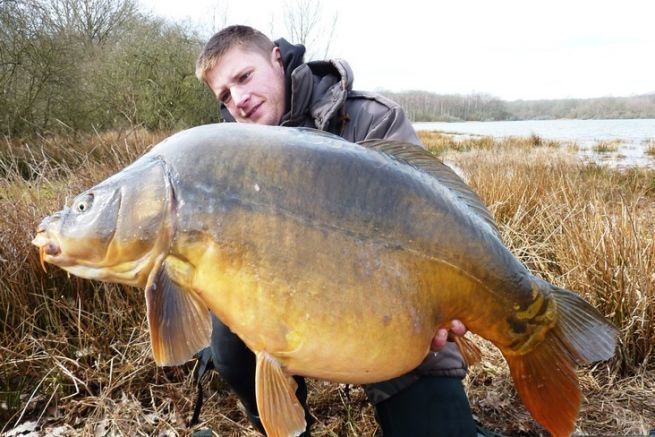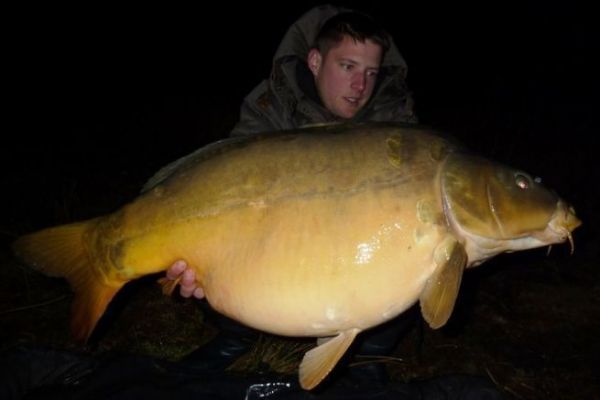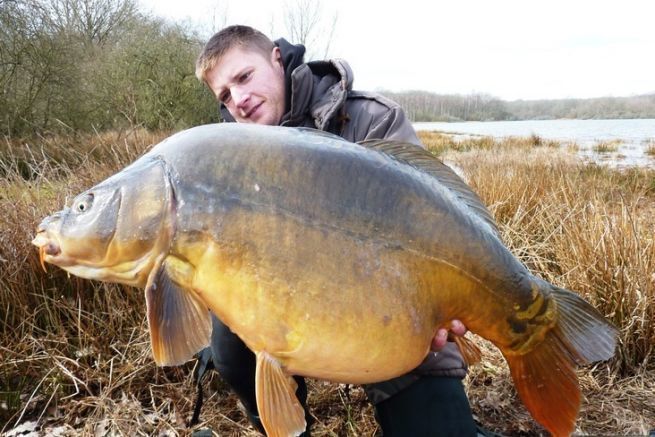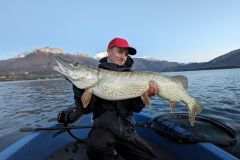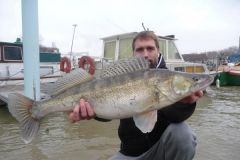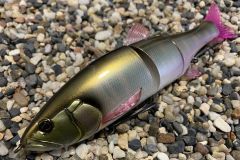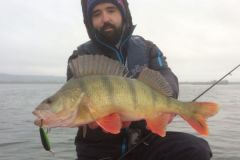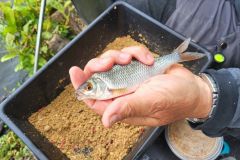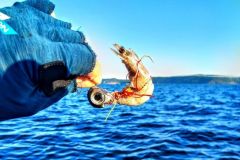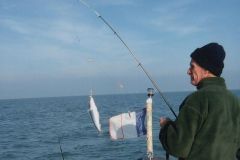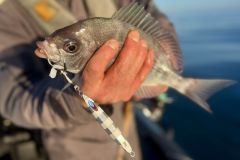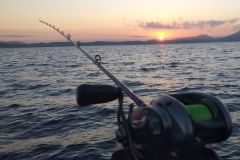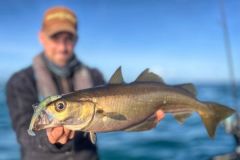Despite the wintry conditions and the call of the fireside, the urge is stronger! That's it, you've decided to try your hand at winter carp fishing. So as not to spoil this excess of motivation, here are the main guidelines for approaching carp fishing in winter.
Location again and again
Location is the key word when it comes to winter fishing.
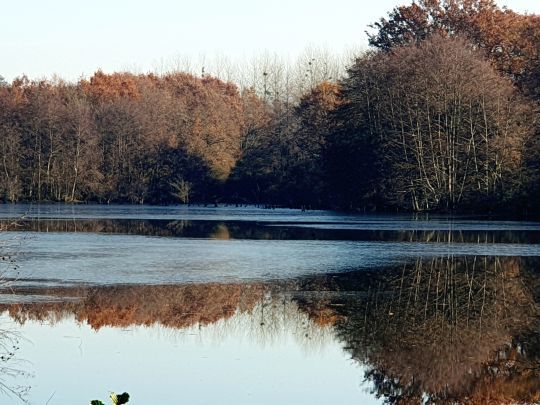
Carp tend to congregate in small areas. And believe me, sometimes there are plenty of people per square metre. Conversely, there are areas that are totally depopulated for long periods. And you can't expect a stray fish to just wander by. Winter holding areas are often the same from one year to the next, so keep a good memory and it will pay off.
To the degree
I'm particularly fond of banks facing South/South-West, i.e. North/North-East, as they are often productive, especially in shallow locations. These banks are the most exposed to the sun and are often sheltered from cold winds from the north and east. In fact, any parameter likely to raise the water temperature (or not lower it) should be taken into consideration. Often, the sun moves the carp from their holding area to a more pleasant one for a few hours.
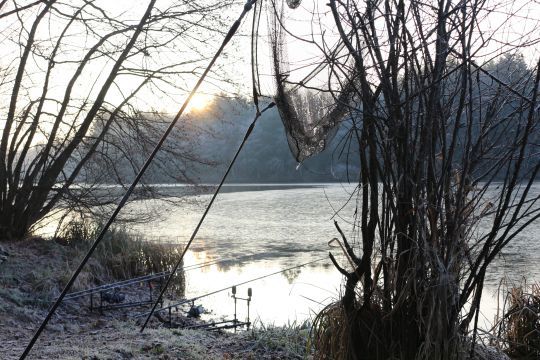
However, these areas are not necessarily feeding grounds. In addition to exposure, which is sometimes decisive, other parameters need to be taken into account, such as the topography of the bottom and the temperature of the different layers of water... In fact, a few extra degrees can encourage fish to move from one area to another, especially as they are poikilothermic animals (blood temperature evolves with that of the environment) and not cold-blooded (a common but misleading term).
Physiology can help
In winter, carp have a much longer digestion time than when water temperatures are mild. Transit time can be as long as 24 hours. In other words, even if the fish are located, you have to be there at the right time. Even if feeding time is very short, I've found that in the places I fish regularly, schedules are fairly predictable. On the other hand, time slots can be very different from one place to another.
Reduced mobility
Long transit times are not the only parameter inhibited by the cold. The fish's mobility is also reduced, forcing them to stay close to their holding area. It's a question of striking the right balance between potential food and the energy required to find it. A question of logic and, above all, survival. All these physiological changes due to the cold force us to approach our fishing differently. In particular, we have to readjust the quantity of bait we distribute and be vigilant about the digestibility of the bait we use. This readaptation is essential if we hope to exhaust some fish over the winter.
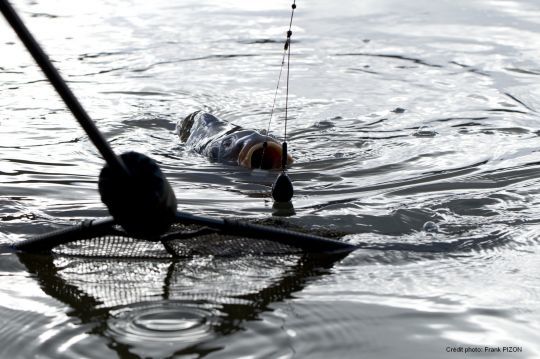
Adapt your baiting and lures
Our playmate's metabolism is reduced. This is inevitable, but let's do something about it. Distribute small, easily digestible and attractive quantities. A few dozen grams around the bait is more than enough. If necessary, you'll have time to add more. When it comes to choosing baits, anything is possible, especially as undesirables remain inactive or almost so. Now's the time to bring out the sweet corn, maggots, small boilies, bird seed, raw pasta...
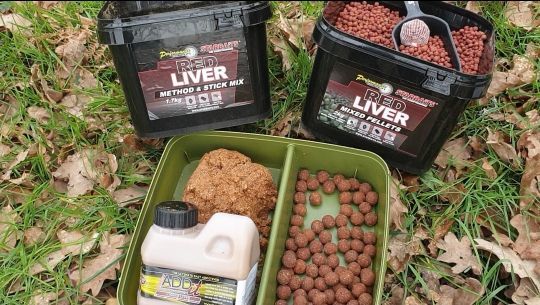
Finally, all those baits that would only last a few minutes in the summer months in some places. Carp anglers with big rods have more than one trick up their sleeves to adapt to this kind of situation.
Stimulation above all
Also remember to use anything that stands out from the bottom in terms of both visibility and presentation. But dense bait will always be catchy, especially where the substrate is hard. What's certain is that the olfactory-gustatory aspect must be optimal. For this, there are plenty of solutions: dipping, topping, sprinkling...
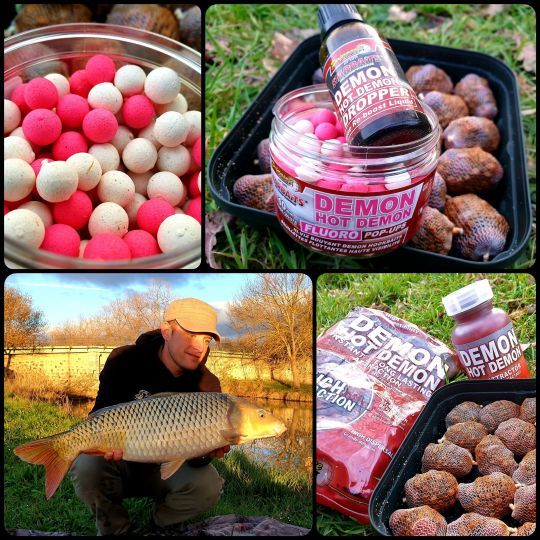
PVA, stick and method feeder all come into their own this time of year. The choice of possibilities becomes immense. However, care must be taken to use products that diffuse fully in winter (cold water constraints).
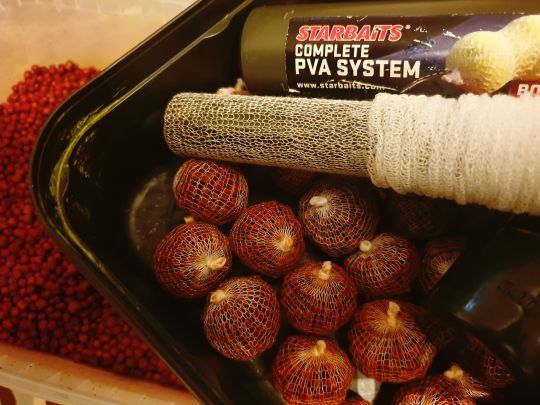
I'll stop at this simple remark, as a whole article would be needed to develop such a subject.
Various approaches even in winter
Even in winter, there are different approaches to fishing: long-term baiting, pre-baiting for a few days, baiting while fishing... The constant in any approach must remain the low quantity dispensed and good digestibility of your baits/primers, otherwise all your efforts will be ruined.
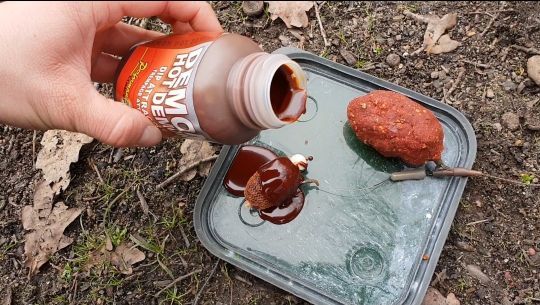
Especially as carp at this time of year tend to feed in restricted areas. If the carp are more mobile, I place the same amount of bait over a wider area to make them search harder. Any particular technique? As for technique, I'll be quick. Trust your favourite rigs: the neatest, the sharpest. Just a word of advice: reduce the size of your materials, especially if you're using micro-baits. Lately, I've been particularly fond of chod rigs or spinner rigs, which I find perfect for winning over a few fish reluctant to feed.
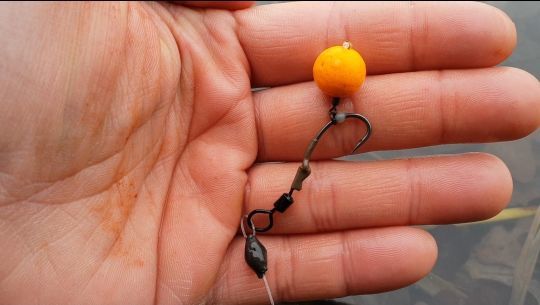
In a way, they act as lures. I'd say these rigs sum up my approach to winter fishing. I think as if the fish were no longer the same.
To sum up: finding them and luring them remain my two priority actions, just like carnivore fishing. Everything else seems secondary in my winter approach.
An active winter
To borrow a quote from a famous singer, I'd say that carp and carp anglers often "face the same problem every year: getting through the winter". So let's try to work in symbiosis to get the best out of the game, and don't forget that the biggest fish feed regularly.
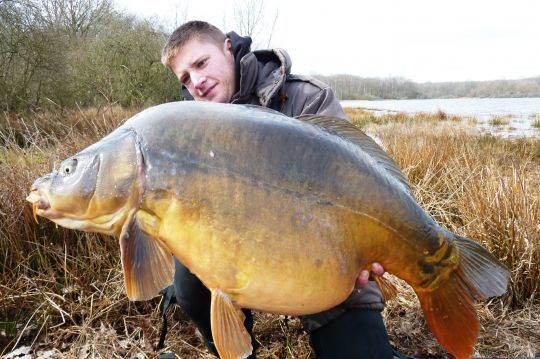
While you're waiting for the warm weather to arrive, make sure you adapt to winter's constraints to overcome the slow metabolism of our queen of the waters. And, above all, make sure you enjoy yourself as much as possible, in complete safety, because "happiness and health change from winter to summer".

 /
/ 